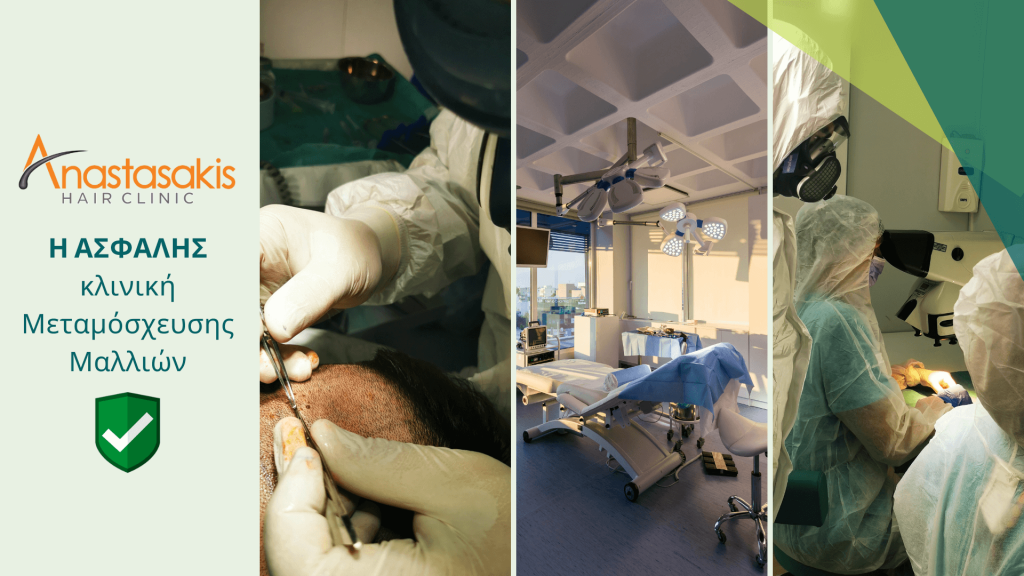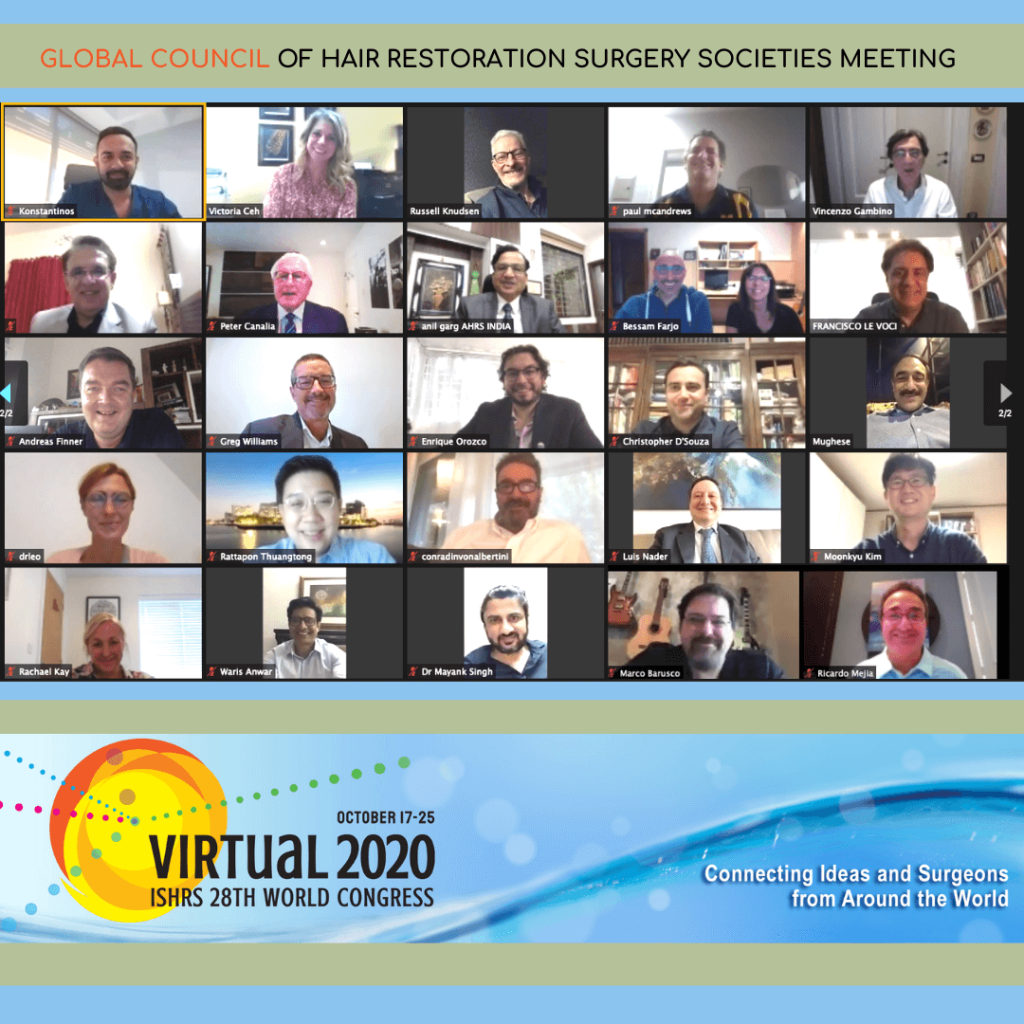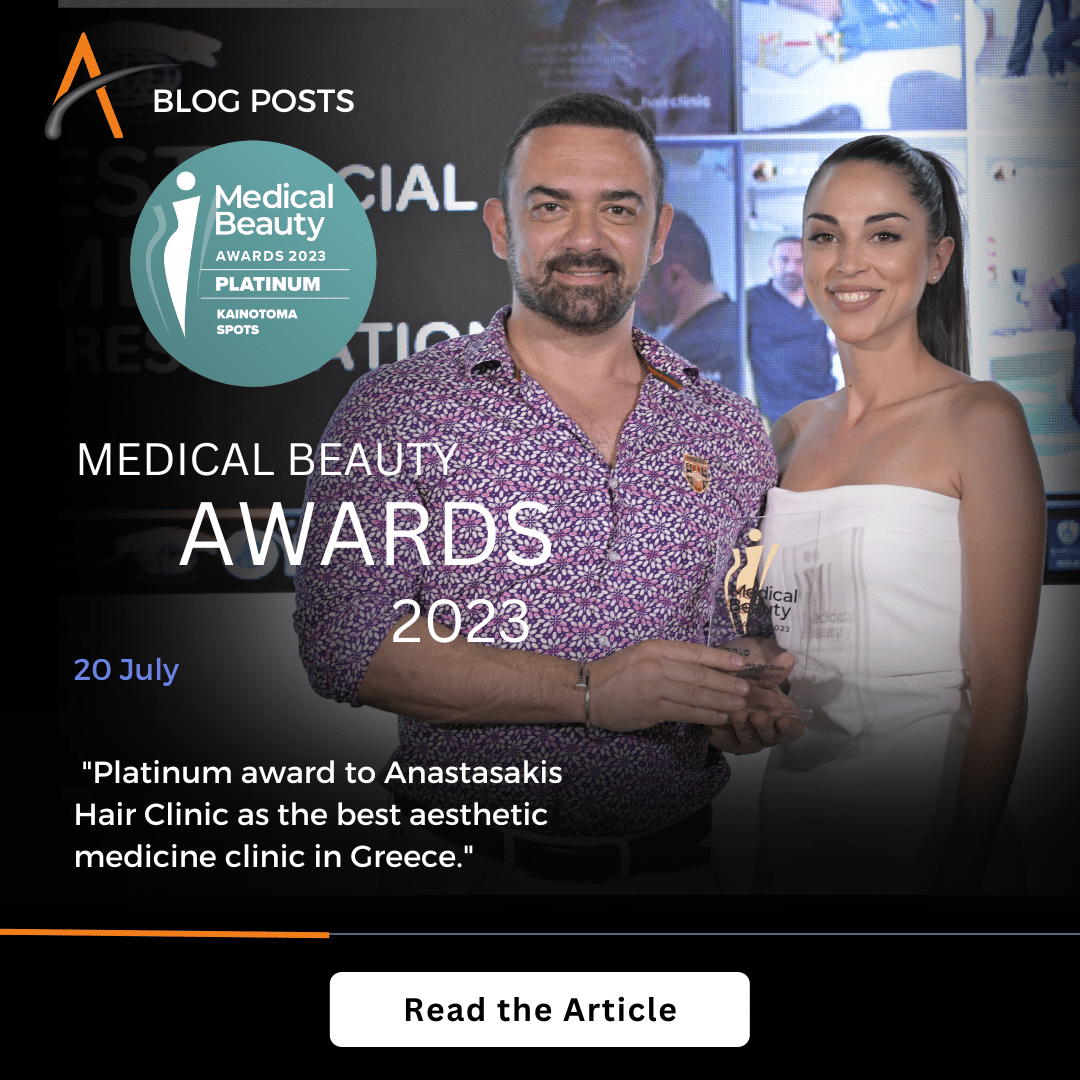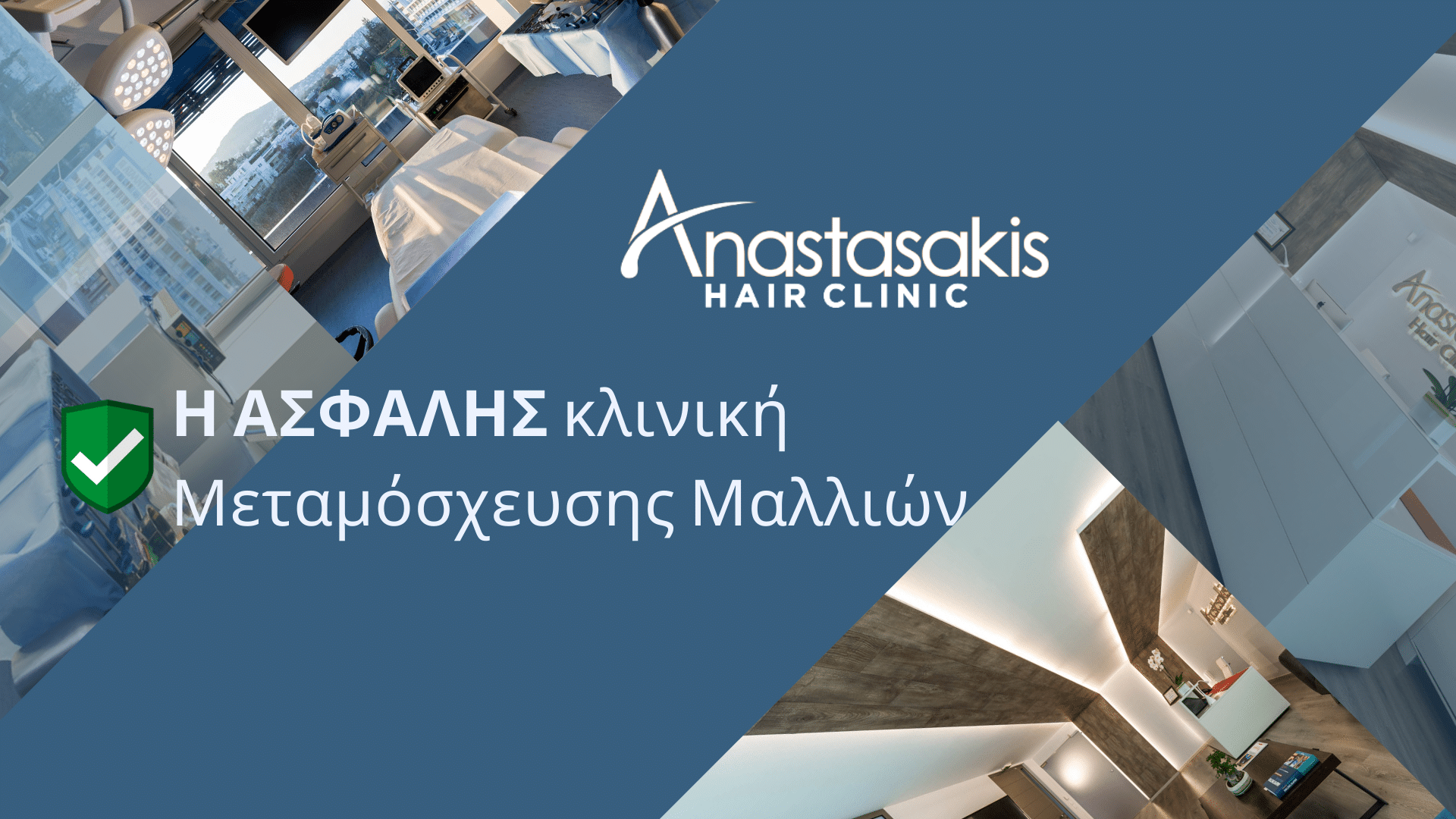It’s a fact that demand for procedures has surged during the pandemic! Lockdowns and remote work have led many to closely examine their faces during video calls, sparking the “Zoom Boom” phenomenon—an increased interest in seeking ways to enhance their appearance.

Since March 2020, the entire world has been called to live in a new normality that has affected everyone’s lives. The emergence of COVID-19 has significantly altered people’s daily routines—not only in terms of their activities but also their mental well-being.
What is particularly striking, however, is that while many service sectors experienced a downturn, others, such as aesthetic procedures during the pandemic, have seen a remarkable increase. It may sound paradoxical, but many have chosen this period to undergo cosmetic treatments for two key reasons: a) they have the time to dedicate to the procedure and recovery, allowing any visible changes to remain unnoticed, and b) it serves as a way to boost their morale and improve their self-image. So, what is happening with aesthetic procedures during the pandemic?
It’s not only women seeking a refreshed appearance—men are increasingly turning to hair transplantation, which has become one of the most popular aesthetic procedures among them. On this topic, we spoke with Dr. Konstantinos Anastasakis, MD, PhD, FISHRS, and Scientific Director of Anastasakis Hair Clinic.
Q: Dr. Anastasakis, what is the current situation regarding hair transplantation during this period?
Dr. Anastasakis: As you correctly pointed out, there has been an increase in aesthetic procedures during the pandemic, and the same trend is observed in the demand for hair transplantation. Indeed, more men have been seeking information about hair transplants due to the time they’ve spent scrutinizing their hair during video calls. For example, when you join a video call in a well-lit room, hair thinning is more noticeable regardless of any other factors. Aside from the general lockdown period when procedures were paused, once the clinic reopened and strict safety protocols were implemented, we observed a rise in interest for hair transplantation. From direct contact with patients, the main reasons for choosing this time for their procedure were the availability of time and the desire for a change that would help them feel better psychologically. Many even mentioned that they became more aware of their hair thinning because they frequently saw themselves on computer or phone screens during video calls.
Q: Has COVID-19 changed anything about hair
transplantation procedures? Are there specific safety measures in place?
Dr. Anastasakis: I can confidently speak about Anastasakis Hair Clinic and the measures we follow. Our top priority is the safety of everyone—not just our staff but also all patients choosing our clinic. We strictly adhere to the guidelines from the World Health Organization and the Greek National Public Health Organization (EODY), while rigorously implementing the SPECIAL protocols issued by the International Society of Hair Restoration Surgery (ISHRS) to ensure patient safety during hair transplantation.
Specifically, following governmental directives and ISHRS recommendations, we have developed seven comprehensive safety protocols for protecting both patients and staff. In brief, beyond standard measures such as mandatory mask-wearing, social distancing in all areas, and frequent hand sanitization, our entire staff undergoes daily temperature checks. Every two days, all personnel are tested with specialized immunoglobulin tests.
Within the clinic, we have installed a dedicated air purification and sterilization system, along with a second device at the reception area to disinfect small personal items. This allows anyone entering the clinic to safely disinfect objects such as keys, mobile phones, and more.
Of course, there are strict safety instructions that are followed without exception in all clinical and non-clinical areas. Patients coming in for consultations and examinations also adhere to specific protective protocols. Lastly, for those proceeding with hair transplantation, COVID-19 diagnostic testing has been incorporated into the pre-operative screening process, in collaboration with specialized diagnostic centers.

Q: How has the global medical community been affected by the new reality? What is your perspective?
Dr. Anastasakis: The truth is that doctors and clinics who strictly follow all guidelines set by the World Health Organization and the rigorous protocols of the ISHRS have faced no issues whatsoever. Patient safety has always been their top priority and continues to be so, now with the addition of extra precautionary measures.
However, it is worth mentioning the significant blow the pandemic has dealt to black-market clinics. The emergence of COVID-19 introduced strict restrictions on hair transplant clinics—restrictions that were long overdue. As a result, many black-market clinics and those where procedures were performed by non-medical personnel have been driven out of the market, unable to compete fairly.
Ethics, impeccable hygiene standards, and meticulous attention to detail are non-negotiable and have become prerequisites for well-informed patients. It’s somewhat paradoxical that something as devastating as COVID-19 acted as a catalyst to partially clean up the landscape, ensuring that only qualified doctors and clinics remain in practice.
Q: During this period, with global restrictions in place, how is communication among doctors and progress in the field of hair transplantation being maintained?
Dr. Anastasakis: Like in most dynamic scientific fields during this period, communication, exchange of ideas, and continuous education are ongoing… remotely!
This year, the premier gathering of hair transplant surgeons—the ISHRS World Congress—is taking place online, featuring lectures, discussions, and workshops. Participation is exceptionally high, and I am confident this will lead to outstanding outcomes in terms of sharing new findings, techniques, and ideas

Dr. Anastasakis, Fellow Member of ISHRS, Participates in the Educational Program of the Conference
Dr. Konstantinos Anastasakis, Fellow of the International Society of Hair Restoration Surgery (ISHRS), is actively involved in the educational segment of the conference, delivering lectures in both the Basics Course designed for novice surgeons and the Advanced/Board Review Course tailored for experienced practitioners.
As a faculty member of the Basics Course, he presents two key topics: the donor area closure technique (Follicular Unit Transplantation (FUT) Double-Layer Closure) and the recipient site creation method (Coronal Incision).
In the Advanced/Board Review Course, Dr. Anastasakis contributes with two presentations focusing on the preoperative patient evaluation (Consultation and Medical Evaluation of the Patient) and strategies against Androgenetic Alopecia. Additionally, in his role as a Board Member and Treasurer of the American Board of Hair Restoration Surgery (ABHRS), he guides this year’s ABHRS Diplomate candidates through the written exam methodology during a live Zoom session featuring simulated ABHRS written exams.
“Despite the challenging circumstances,” Dr. Anastasakis emphasizes, “the scientific community and certified physicians dedicated to hair transplantation remain committed to our annual meeting. Outstanding results in hair transplantation are the product of hard work, continuous education, and specialization. The more ‘tools’ a hair transplant surgeon has at their disposal, the easier it is to deliver dense, completely natural-looking outcomes.”
“Browse the website and learn more about hair transplantation and aesthetic procedures during the pandemic!”











